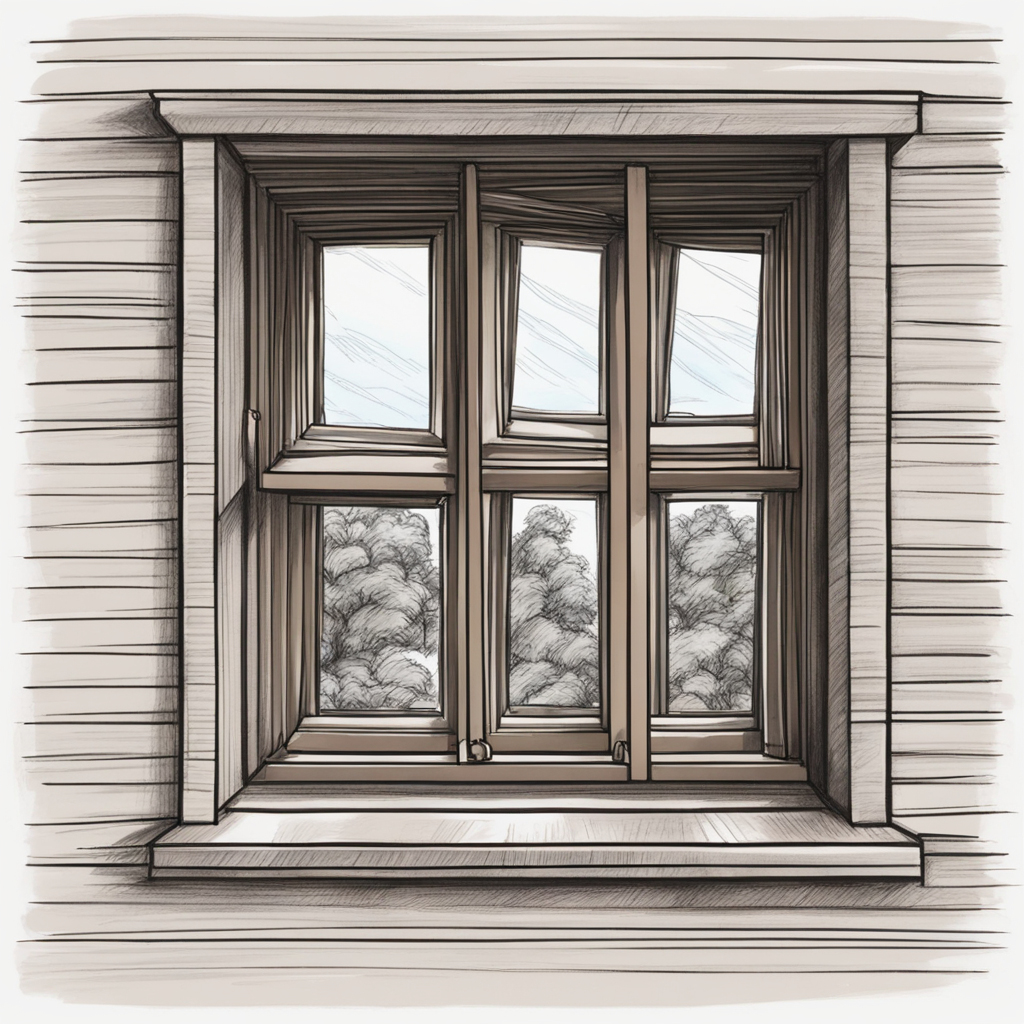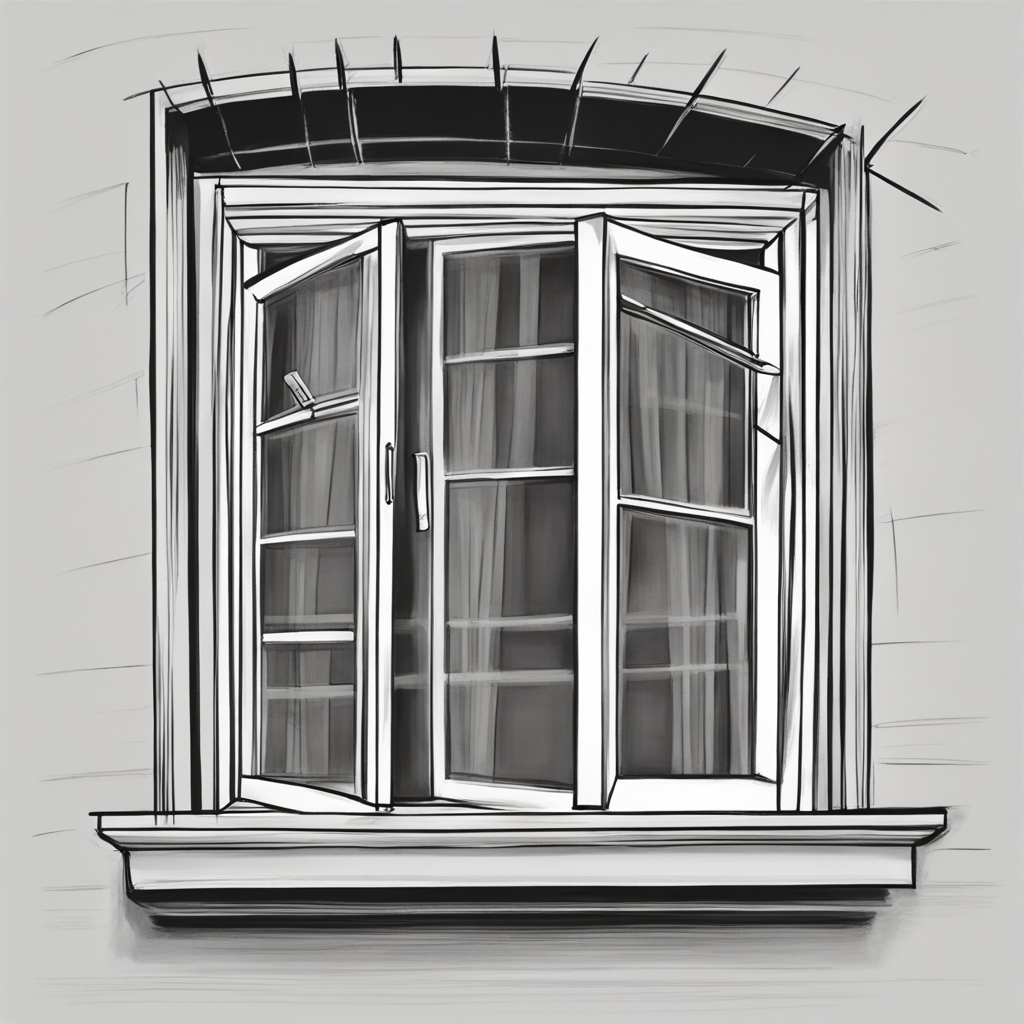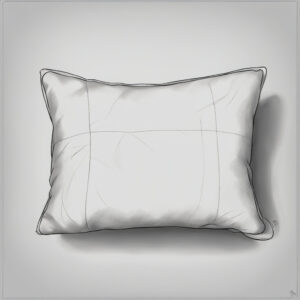Windows have always captivated artists, providing them with a way to bring in natural light and offer a view of the world beyond. Creating a window can be a captivating artistic endeavor that lets you capture the interplay of light, perspective, and architectural detail. In this blog post, we’ll guide you through the process of drawing a window and share some helpful tips to enhance your window artwork.
Table of Contents
Materials You’ll Need:
Before you begin, make sure to gather these necessary materials:
- Choose high-quality drawing paper that works well with your preferred drawing medium.
- Drawing Medium: Various drawing tools are available for you to choose from, such as graphite pencils, charcoal, pastels, or even digital drawing tools, depending on your personal preference.
- Eraser: Perfect for fixing mistakes and emphasizing important points.
- Having a visual guide like a reference image can be really helpful when trying to capture the intricate details of a window.
Step 1: Sketch the Window Frame
Start by drawing the outer frame of the window. Consider the shape and proportions you desire to capture, as windows come in a wide range of designs, from basic rectangles to intricate arches.
Step 2: Add Perspective and Depth
To give your window drawing a more three-dimensional look, consider adding some depth to the frame. Utilize lines that converge towards a single point, creating a sense of depth and perspective.
Step 3: Define the Glass Pane
Sketch the glass pane inside the window frame. When it comes to windows, it’s important to think about the division of glass and mullions (vertical and horizontal dividers) to create a visually appealing design.
Step 4: Depict Window Details
Pay attention to the architectural details, like the window sill, trim, and any decorative elements. Windows can vary in style, so it’s important to consider these details.
Step 5: Shading and Light
Now, let’s dive into the world of shading. Take note of the direction of the light source in your reference image or determine its position if you’re drawing from your imagination. Enhance your window with shadows and highlights to create a sense of depth and realism.
Tips and Tricks:
- Focus on Proportions: Precise proportions are essential for creating a lifelike window drawing. Measure and compare different elements to ensure they are balanced.
- Pay close attention to your reference image: If you’re drawing from a reference image, carefully examine it for architectural details, light, and shadow.
- Practice Perspective: Drawing windows can be challenging as it requires a good understanding of perspective. Explore the art of creating depth by incorporating vanishing points and converging lines.
- Try out Shading Techniques: Discover various shading techniques like hatching, cross-hatching, and stippling to give your window a sense of depth and texture.
- Take your time: Window drawings can be intricate, so it’s important to be patient. Attention to small details can have a significant impact on the final outcome.

Frequently Asked Questions
Q1: Is a reference image necessary for drawing a window with precision?
A: Drawing a window from imagination or using your knowledge of architectural details can be just as effective, even without a reference image.
Q2: How can I make sure my window drawing has accurate proportions?
A: It’s important to really focus on measurements and proportions, and make sure to use perspective techniques to maintain a sense of balance among the elements.
Q3: What is the most effective method for honing your window drawing skills?
A: Understanding vanishing points and lines is crucial for mastering perspective. Begin with basic geometric shapes and gradually progress to more intricate subjects.
Q4: Is it possible to incorporate personal creative elements into the window design?
A: Definitely! Feel free to explore various styles and designs, incorporating your own creative touch.
Q5: What is the typical timeframe for developing proficiency in drawing windows?
A: The amount of time it takes to become proficient in drawing windows can vary from individual to individual. Consistency and perseverance are crucial.
Conclusion
Creating a window is a wonderful artistic endeavor that blends precise architecture with imaginative expression. It offers the opportunity to delve into the interplay of light, depth, and design. Through practice, one can master the art of creating beautiful window artworks that perfectly capture the essence of the window and the world it reveals. Let your imagination soar and unleash your artistic talents!
Check out this fun guide for easy instructions on how to draw an aeroplane! This tutorial offers simple instructions, allowing little creators to make a fun and detailed drawing of an aeroplane!





